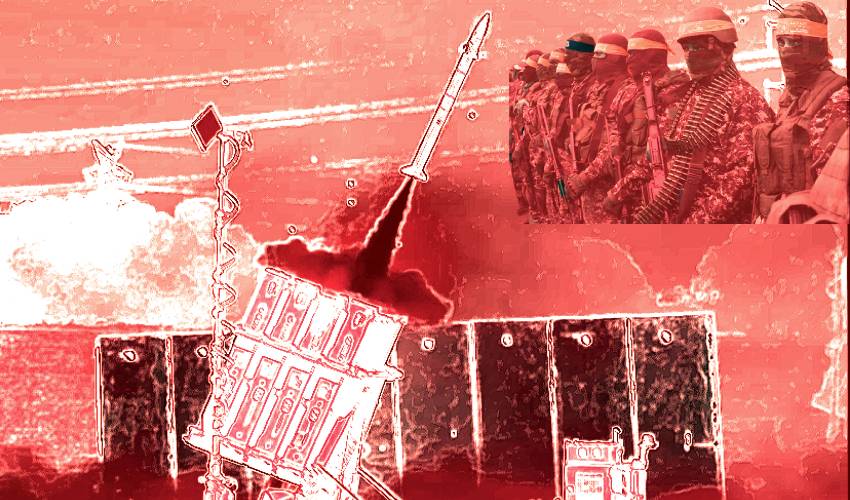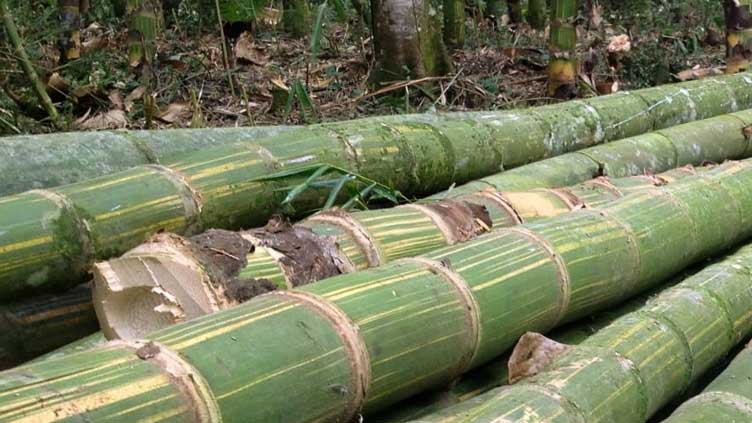Israel's Iron Dome which is their primary missile defence system faced a severe challenge when Hamas launched a barrage of rockets aimed at overwhelming it.
The attack was a major escalation of the conflict between Israel and Hamas, and it raised serious questions about the Iron Dome's ability to protect Israel from future rocket attacks.
While the Iron Dome was engaged in intercepting the rockets, Hamas launched a surprise attack on Israel.
The attack included ground troops, suicide bombers, and rocket fire. The attack was coordinated and well-planned, and it caught Israeli forces by surprise.
While this system has been effective in the past, it couldn't intercept every rocket during this recent attack. Here's why:
Iron Dome explained
The Iron Dome is a highly advanced missile defence system made up of 10 mobile batteries deployed across Israel.
Each battery includes launchers with Tamir interceptor missiles and a radar with a 70-kilometre detection range.
This radar calculates the rocket's trajectory, and if a threat is detected, interceptor missiles are launched to destroy it mid-flight.
The Iron Dome's radar system can detect incoming fire within a 70-kilometre radius (about 43 miles).
This allows the system to intercept rockets before they reach their targets.
The Iron Dome's algorithm calculates the trajectory of the incoming projectile and then launches interceptor missiles to destroy it in mid-air.
Success and limitations
The Iron Dome has a remarkable track record, intercepting about 90% of rockets over the past 12 years. It has been particularly effective against small-scale attacks.
However, during the recent assault, the scale of the rocket attacks was unprecedented and overwhelmed the system.
Hamas claimed to have launched around 5,000 rockets while the Israel Defence Forces (IDF) reported 2,200.
This sheer volume of rockets posed a significant challenge as missile defence systems can be overwhelmed by multiple missile attacks from various sectors.
Why it matters
Reports indicate that the Iron Dome did intercept some rockets, but some still penetrated the defence system.
It's unclear whether Hamas had introduced a new missile system that made the rockets harder to intercept but experts suggest that the brand of the missile is less important; it's the quantity that matters.
John Erath, Senior Policy Director for the Center for Arms Control and Non-Proliferation, told Insider on Wednesday that like any anti-missile defense system, the Iron Dome has its limitations.
One of the main limitations is that the system is very expensive to operate.
Each interceptor missile costs tens of thousands of dollars, and the system can only carry a limited number of interceptor missiles at a time.
This means that the system is vulnerable to saturation attacks, in which Hamas fires more rockets than the Iron Dome can intercept.
Another limitation of the Iron Dome is that it cannot intercept all types of rockets.
For example, the system is not designed to intercept ballistic missiles, which are longer-range and more powerful than rockets.
Cost and effectiveness
The Iron Dome's cost has been a subject of controversy, with the US investing approximately $3 billion in support.
Each interceptor missile fired by the Iron Dome is expensive, costing between $40,000 to $50,000.
If the system is shown to be less effective under heavy fire, this cost-to-benefit ratio may come under scrutiny.
Future challenges
As missile defence systems like the Iron Dome face evolving threats, they must adapt and improve. The system's effectiveness is limited by the number of interceptor missiles it can launch.
The ability of Hamas to continue such intense rocket fire remains uncertain, as does Israel's stockpile of interceptor missiles.
However, the Iron Dome has demonstrated its capacity to learn and improve over time.



























